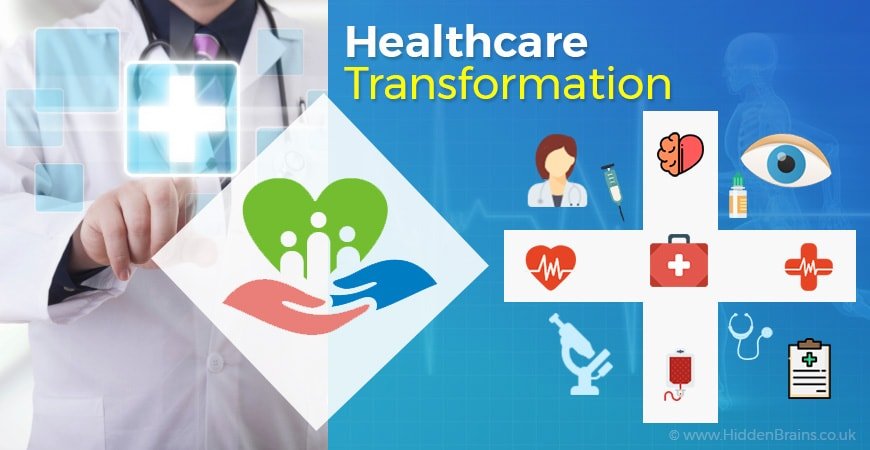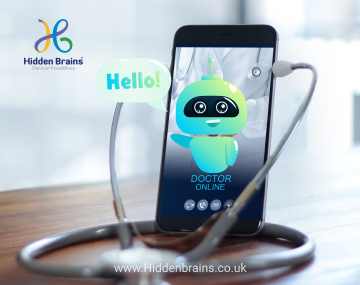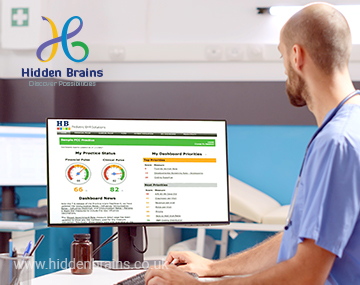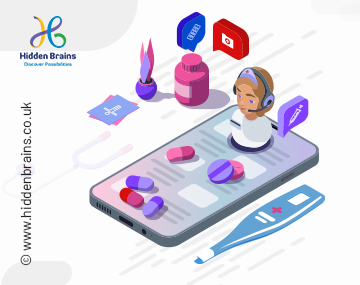
Healthcare industry has seen a drastic change in the way patients, doctors, caretakers and other members of the ecosystem interact with each other. Moving ahead of traditional way of working with paper and pen, this industry now relies of digital modes of wireless communication. Such transition in healthcare is possible because of the fast penetration of trending technologies in this domain.
Common challenges of the healthcare transformation solutions industry continue to prevail, but the ways in which these dynamic problems are handled have completely changed. Let’s take a note of advancements of technology in healthcare in terms of offering convenience to stakeholders of this ecosystem:
1. Optimized Patient Management with Scheduling Software or App
Managing patients at hospitals or clinic is quite a task with multiple people working as a team in scheduling appointments. Managing patients, allotting proper time slot as per consulting doctor’s availability and taking care of no overlapping of appointments has now become simpler with the help of scheduling software.
Patient’s information is centralized and open for read-write access to staff members that manage patients and their health records. Such apps or software eliminate the chances of human error and optimize the overall patient scheduling method.
Following is a list of tasks performed by patient management software:
- Schedule an appointment after check availability of doctor and patient
- Send reminder to patients via SMS to notify them of their upcoming appointment
- Allow patients to automatically book an appointment as per available time slots through mobile app.
With such comfort and convenience offered by patient management app or software, increasing numbers of hospitals have adopted this healthcare transformation solutions.
2.Role of Wearables Becomes Prominent Than Ever
At the time of introduction of wearables, there were quite limited uses of this accessory. If compared the wearable available in 2016 and the latest one now, you would now the differences in terms of usability, features and overall functionalities.
There is a drastic rise in the number of people wearing this accessory in 2016 to 2020. The wearable market is promising and this can be gauged form the fact that the total number of connected wearable devices worldwide is expected to rise from an estimate of 325 million in 2016 to over 830 million in 2020.
One of the biggest challenges of healthcare domain is to keep a check on number of people dying of heart attacks. Technology is now used to constantly monitor the cardiac health and track heartbeats through diagnostic chips and portable devices.
Smartwatch is also empowered to monitor the status of heart to prevent heart related conditions. One such wearable called iBeat possesses micro sensors that keep a check on user’s heart status to monitor symptoms of cardiac arrest. This wearable is truly useful in case of emergency where it automatically dials 911 for getting immediate help. This touch-screen gadget with built-in GPS system and water resistant feature helps in saving lives of people victimized by cardiac problems.
3.Remote Patient Monitoring
People are becoming more health conscious and undergo regular checkups to monitor the overall status of health. As a result, there is a vast amount of information collected such as blood sugar level, weight, height, oxygen level, blood pressure, complete blood report, complete urine report and electrocardiograms.
This data is stored at health institutes and organizations such as hospitals, clinic, laboratories, intensive care units and other skilled nursing facilities. While all this information is now recorded digitally, healthcare industry is moving towards making the maximum use of this data.
Once the complete case of patients, his health report and symptoms are conveyed to the doctor, there is no need for the patient to visit him personally. Through remote monitoring system, doctors can interact with patients, review their health status and digital reports and start treatment by recommending medication as required.
These remote monitoring systems have increased the accessibility of care to patients and made healthcare more reasonable and cost effective too.
Related Post: Infographic of mHealth: Know all about Healthcare
On a Concluding Note…
Healthcare industry has always been welcoming new technology trends that can optimize the ecosystem and serve its stakeholders. Effective communication, easy accessibility and minimized medical costs are major challenges that technology is trying to handle in this domain. While accessibility and communication is addressed with remote monitoring, rising operational costs in healthcare still remains a major hurdle to overcome.
Table of Contents





